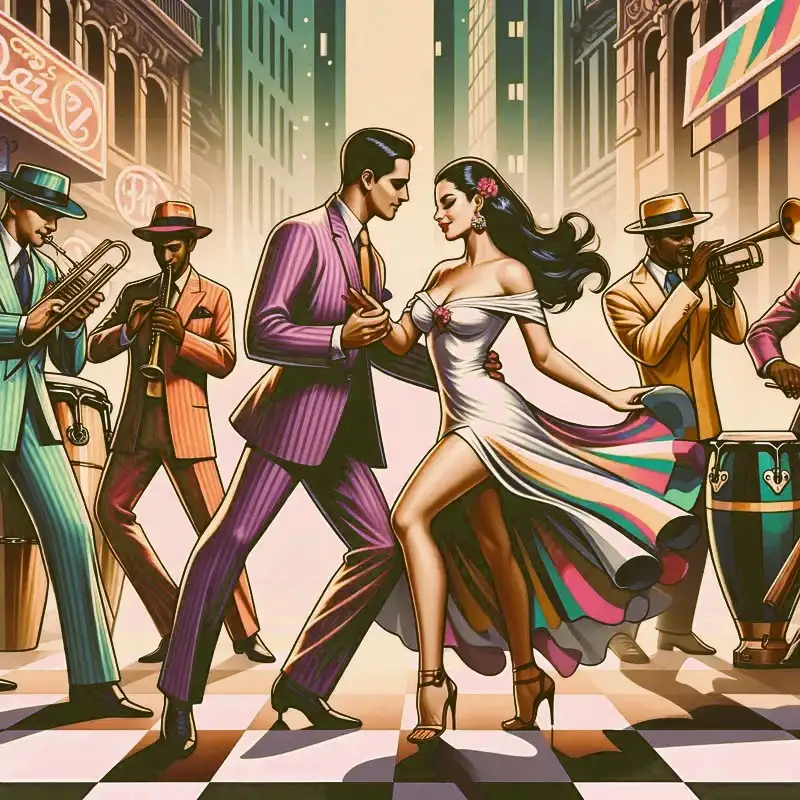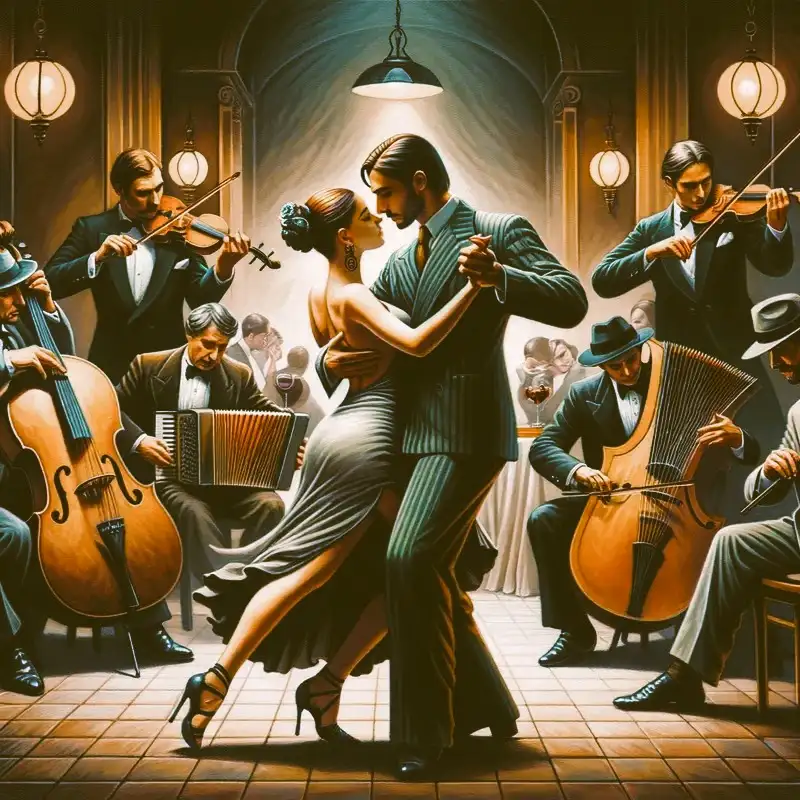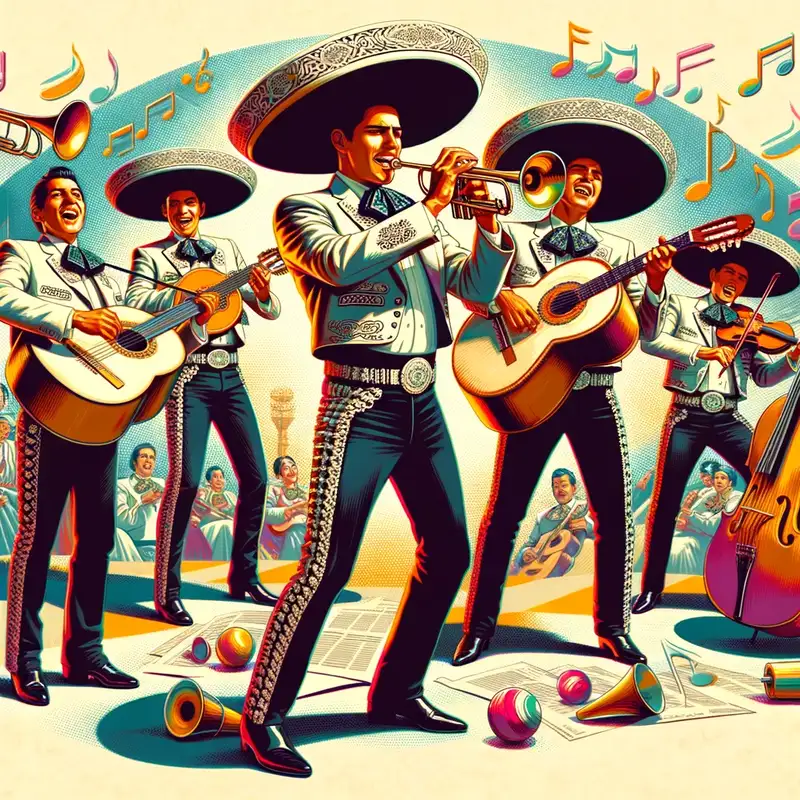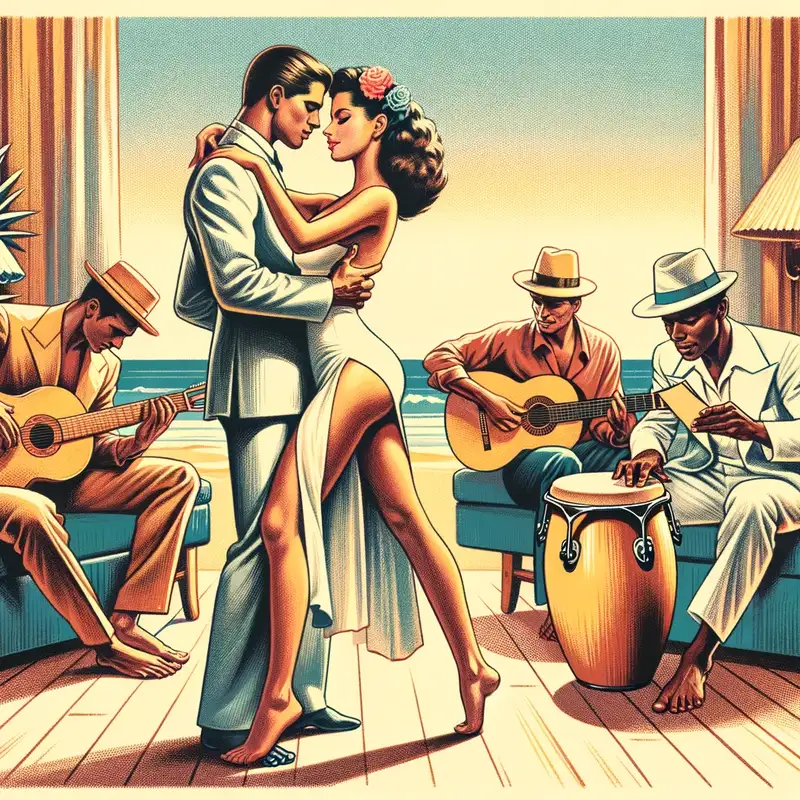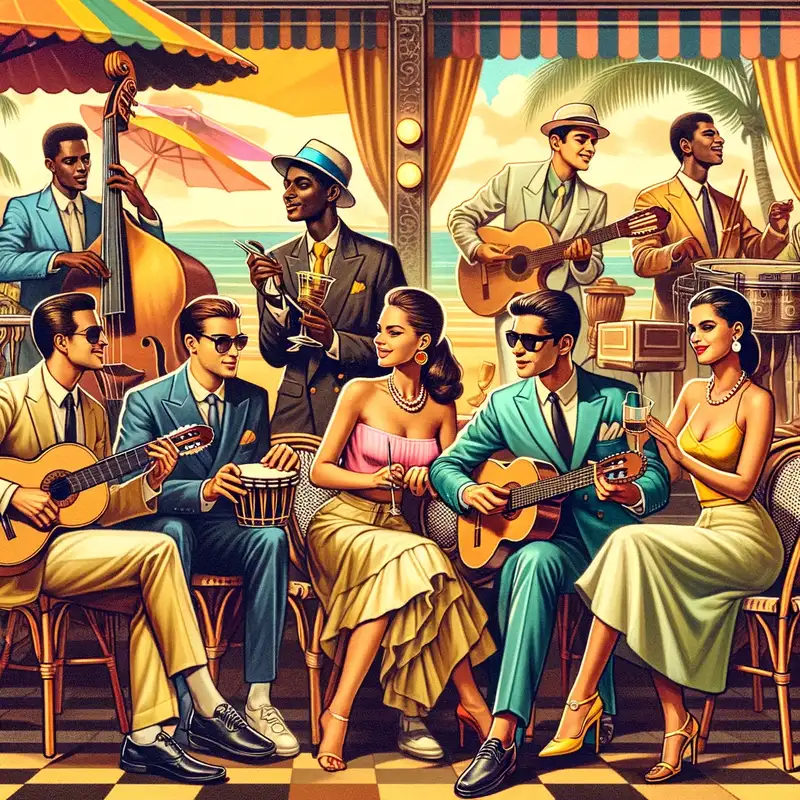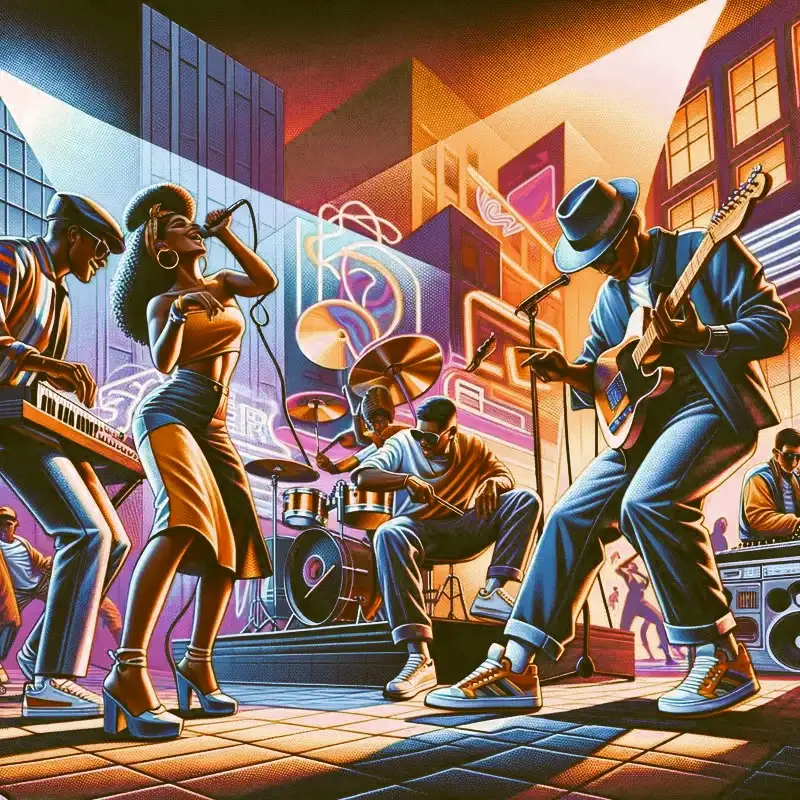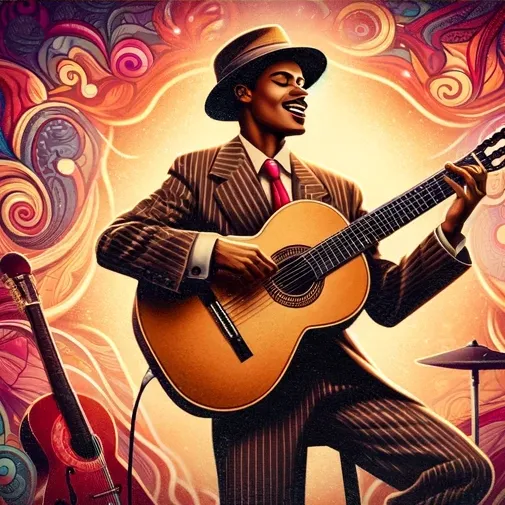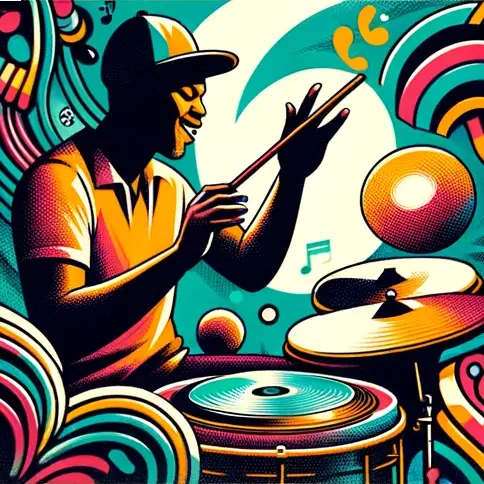Latin Music
Latin music, with its captivating rhythms, passionate melodies, and rich history, has left an indelible mark on the global music scene. From the sultry tango of Argentina to the infectious reggaeton beats of Puerto Rico, Latin music is as diverse as the cultures and countries it originates from.
Table of Contents
Key Genres of Latin Music
- Salsa: Originating from Cuba and Puerto Rico, salsa is a fusion of Cuban son, mambo, and other genres. It’s characterized by its lively rhythms, brass arrangements, and intricate dance patterns.
- Tango: Born in the brothels and bars of Buenos Aires, Argentina, tango is a dance of passion, drama, and intimacy, with its music often featuring the bandoneon (a type of accordion).
- Mariachi: A symbol of Mexican pride, mariachi is festive, string-driven music accompanied by song, traditionally played by groups in charro suits.
- Bossa Nova: Emerging from Brazil in the late 1950s, bossa nova is a fusion of samba and jazz, known for its mellow and sophisticated sound. João Gilberto and Antônio Carlos Jobim are among its pioneers.
- Cumbia: Originally a folkloric rhythm from Colombia, cumbia has spread across Latin America, each region adding its twist.
- Reggaeton: Originating in Puerto Rico in the 1990s, reggaeton blends Jamaican dancehall, Latin rhythms, and hip hop, resulting in infectious beats and often risqué lyrics.
- Bachata: From the Dominican Republic, bachata is characterized by its romantic themes, guitar-driven sound, and distinctive percussion.
Origins and Evolution of Latin Music
Latin America, a vast region with a rich tapestry of cultures, has been a melting pot of musical influences from indigenous traditions to foreign interventions. The origins and evolution of Latin music are deeply intertwined with histories of its nations.
Indigenous Roots
Before the arrival of the Europeans, indigenous tribes across Latin America had thriving musical traditions. These tribes, like the Aztecs, Mayans, and Incas, used music for ceremonies, storytelling, and daily life.
Instruments:
- Wind: Flutes made of bone or reed, panpipes.
- Percussion: Various drums, rain sticks, and maracas.
European Colonization
The Spanish and Portuguese conquests in the 16th century brought with them the musical styles, instruments, and religious hymns of Europe.
Instruments Introduced:
- Guitars, violins, harps, and woodwinds.
Choral music became predominant in churches, while string instruments helped in the evolution of many folk styles across Latin America. Over time, European styles fused with indigenous sounds to create unique hybrid genres.
African Influence
The transatlantic slave trade brought millions of Africans to Latin America, especially to Brazil, Cuba, and the coastal areas of Colombia and Venezuela.
Musical Contributions:
- Complex rhythms and percussive elements.
- Dances like the rumba in Cuba and samba in Brazil.
- Instruments: Congas, bongos, and various other drums.
Migration and Urbanization
As cities in Latin America began to grow, so did the evolution of new musical styles:
- In the brothels and bars of Buenos Aires in the late 19th century, the tango was born, influenced by European, African, and local sounds.
- In the urban neighborhoods of Rio de Janeiro, samba evolved from African rhythms mixed with local and European influences.
20th Century
The 20th century saw an explosion of Latin musical genres, often influenced by global trends:
- Bossa Nova: In the 1950s and 60s, Brazilian musicians combined jazz harmonies with samba rhythms to create this laid-back genre.
- Nueva Canción: Emerging in the 1960s and 70s, this pan-Latin American movement combined folk traditions with political lyrics, addressing social justice and resistance against dictatorships.
- Rock en Español: In the 1980s and 90s, Latin American bands started blending rock with local genres, creating a unique Latin rock sound.
21st Century: Globalization and Fusion
The digital age has brought Latin music to a global audience. Genres like reggaeton, bachata, and Latin pop have taken the world by storm, while also being influenced by hip-hop, electronic music, and other global trends.
Instruments that Define Latin Music
- Percussion: Congas, bongos, timbales, maracas, and claves provide the rhythms.
- Strings: Guitars, violins, and the tres (a three-course guitar) are key in many genres.
- Wind: Trumpets, trombones, flutes, and pan flutes offer melodies and harmonies.
- Keyboards: The accordion and bandoneon are prominent in genres like vallenato and tango.
Cultural and Social Impact
- Dance: Almost every Latin music genre has an associated dance, from the sensual moves of salsa and tango to the energetic steps of merengue.
- Identity: For many Latin American countries, music is a source of national pride and identity, reflecting their history, struggles, and aspirations.
- Global Influence: With the Latino diaspora and globalization, Latin music has influenced genres worldwide, from pop to jazz. Artists like Shakira, Ricky Martin, and Bad Bunny have brought Latin sounds to global audiences.
Latin music is not just a genre; it’s a mosaic of sounds, histories, and cultures. It tells stories of resistance, love, passion, and everyday life.
